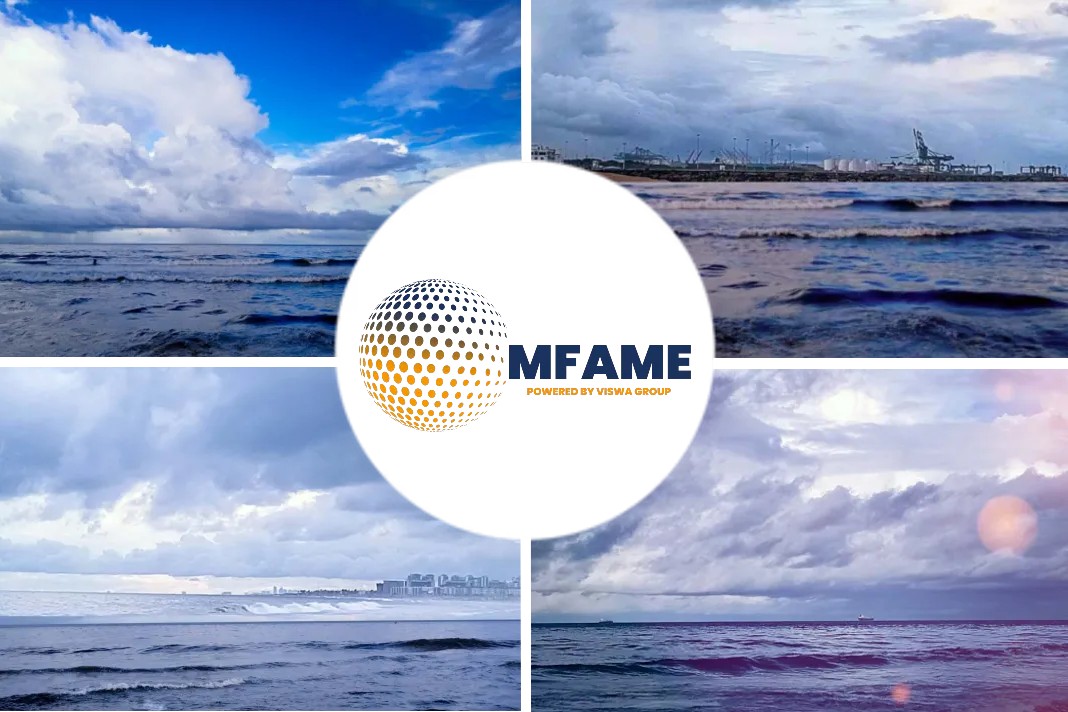
Marine Bunker Exchange (MABUX) announced that fuel prices have stayed rangebound with no clear pattern in the tenth week of the year. The 380 HSFO index increased to US$490/MT, the VLSFO index remained relatively steady at US$669/MT and the MGO index fell to US$949/MT, reports Container News.
Downtrend
“At the time of writing, the market was in a slight downtrend,” commented a MABUX official.
In Week 10, the Global Scrubber Spread (SS) – the price differential between 380 HSFO and VLSFO – showed a moderate drop, falling to US$178.
At the same time, the weekly average dropped by US$4. In Rotterdam, the SS Spread dropped by US$3 to US$162, while the weekly average rose by US$16. The 380 HSFO/VLSFO price differential in Singapore was the most significant: minus US$20, falling to US$145. The monthly average dropped by US$22.
“We expect that SS Spread still remains some potential for contraction next week,” noted a MABUX official.
The Energy Information Administration (EIA) has lowered its natural gas price estimate for 2023 and 2024. The EIA now predicts that natural gas prices will average US$3 per MMBtu this year, an 11.2% decrease from its prior estimate of US$3.4 per MMBtu. According to the EIA, natural petrol costs will average US$6.4 per MMBtu in 2022. The EIA has also reduced its forecast for natural gas costs for next year to US$4 per MMBtu, down from its prior estimate of US$4 per MMBtu.
On 7 March, the price of LNG as a bunker fuel at the port of Sines in Portugal continued its downtrend, reaching US$962/MT. On 7 March, the price differential between LNG and conventional fuel was only US$43 with MGO LS at the port of Sines listing at US$919/MT.
“The price difference at the moment is almost levelled. We expect LNG price to continue downtrend next week,” said a MABUX official.
Did you subscribe to our daily Newsletter?
It’s Free! Click here to Subscribe
Source: Container News


















